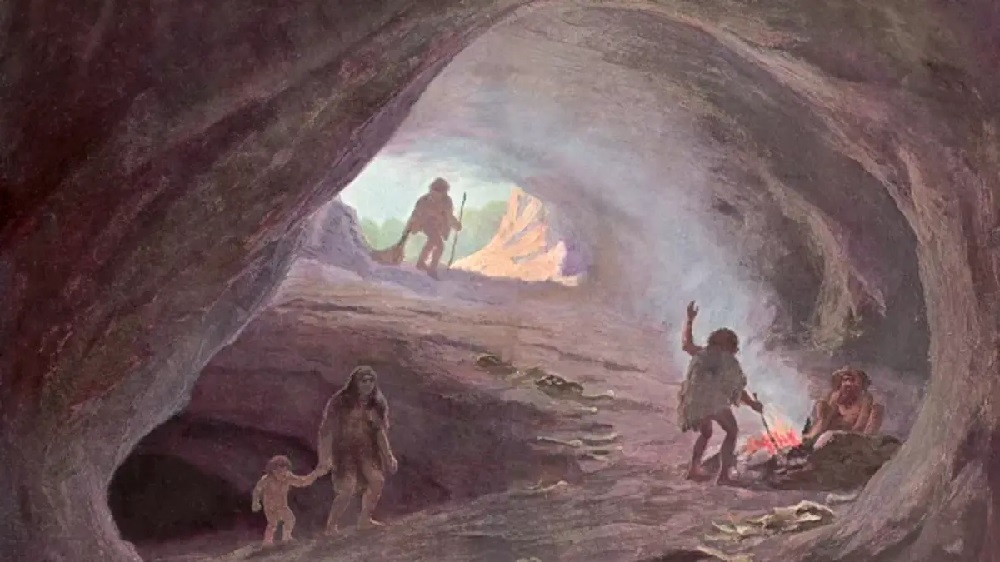
-
Published: 18 February 2023

The Stone Age was a broad prehistoric period during which stone was widely used to make stone tools with an edge, a point, or a percussion surface. The period lasted for roughly 3.4 million years, and ended between 4,000 BC and 2,000 BC, with the advent of metalworking.
Edited by| Alexander Yanixiana
history section CJ journalist
18 Feb.2023
Stone Age artifacts that have been discovered include tools used by modern humans, by their predecessor species in the genus Homo, and possibly by the earlier partly contemporaneous genera Australopithecus and Paranthropus. Bone tools have been discovered that were used during this period as well but these are rarely preserved in the archaeological record. The Stone Age is further subdivided by the types of stone tools in use.
The Stone Age is the first period in the three-age system frequently used in archaeology to divide the timeline of human technological prehistory into functional periods, with the next two being the Bronze Age and the Iron Age, respectively.
The Stone Age is also commonly divided into three distinct periods: the earliest and most primitive being the Paleolithic era; a transitional period with finer tools known as the Mesolithic era; and the final stage known as the Neolithic era. Neolithic peoples were the first to transition away from hunter-gatherer societies into the settled lifestyle of inhabiting towns and villages as agriculture became widespread. In the chronology of prehistory, the Neolithic era usually overlaps with the Chalcolithic ("Copper") era preceding the Bronze Age.
(million years ago)
The Stone Age is contemporaneous with the evolution of the genus Homo, with the possible exception of the early Stone Age, when species prior to Homo may have manufactured tools.
According to the age and location of the current evidence, the cradle of the genus is the East African Rift System, especially toward the north of Ethiopia, where it is bordered by grasslands. The closest relative among the other living primates, the genus Pan, represents a branch that continued on in the deep forest, where the primates evolved. The rift served as a conduit for movement into southern Africa and also north down the Nile into North Africa and through the continuation of the rift in the Levant to the vast grasslands of Asia.
Starting from about 4 million years ago (mya) a single biome established itself from South Africa through the rift, North Africa, and across Asia to modern China. This has been called "transcontinental 'savannahs'" recently.
Starting in the grasslands of the rift, Homo erectus, the predecessor of modern humans, found an ecological niche as a tool-maker and developed a dependence on it, becoming a "tool-equipped savanna dweller".
